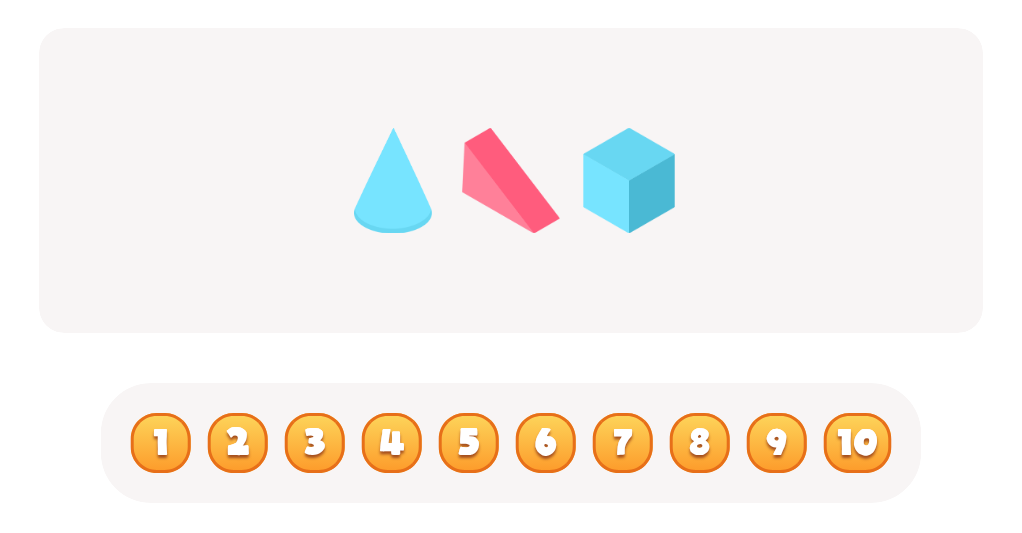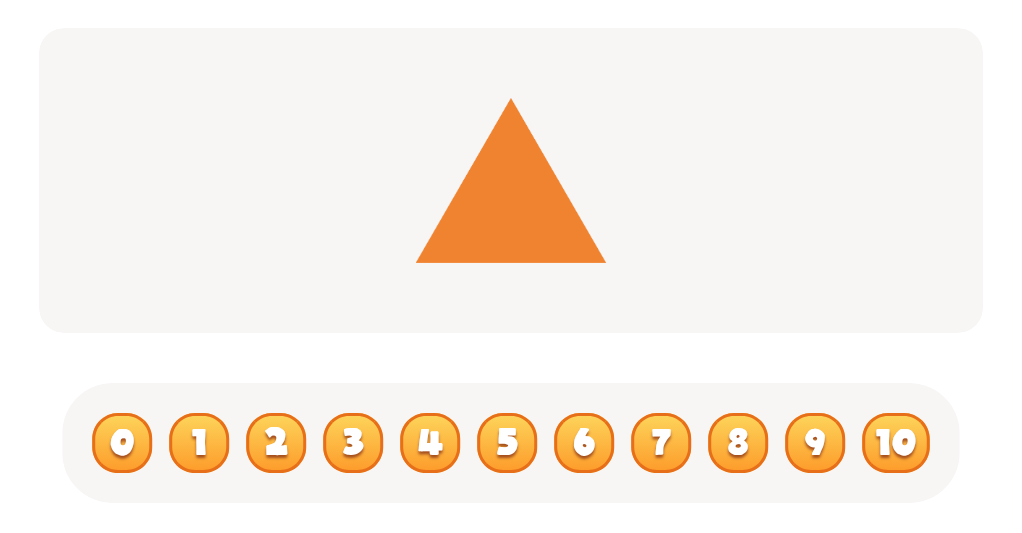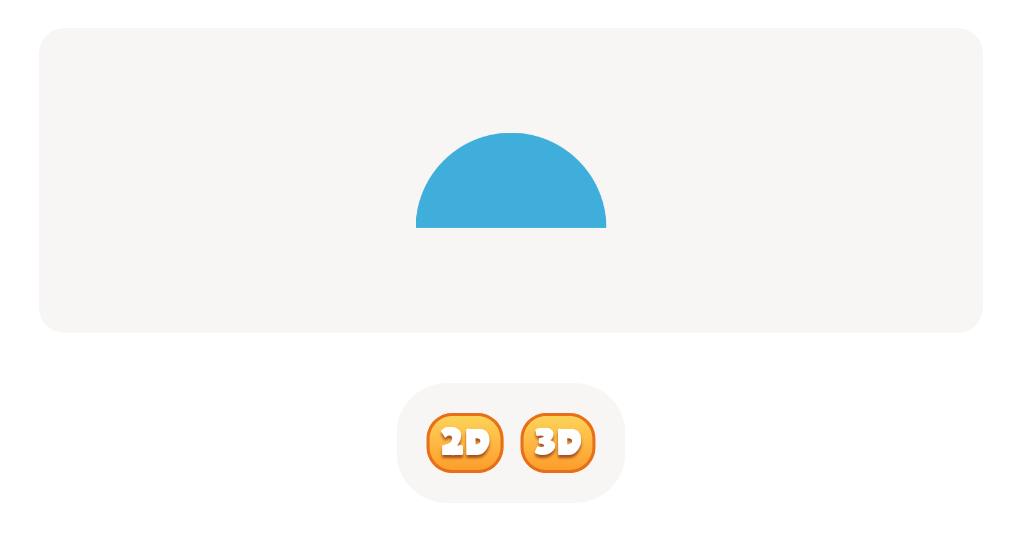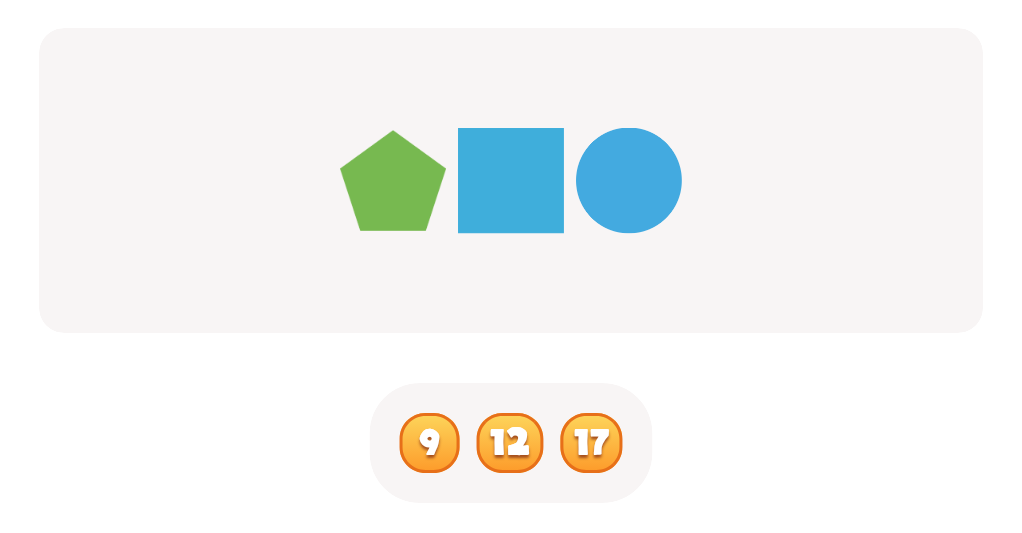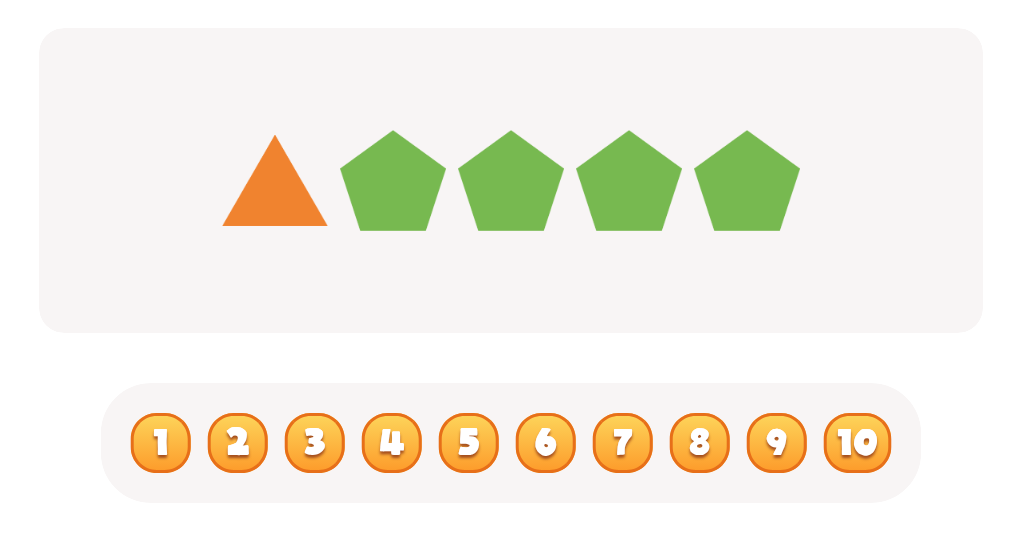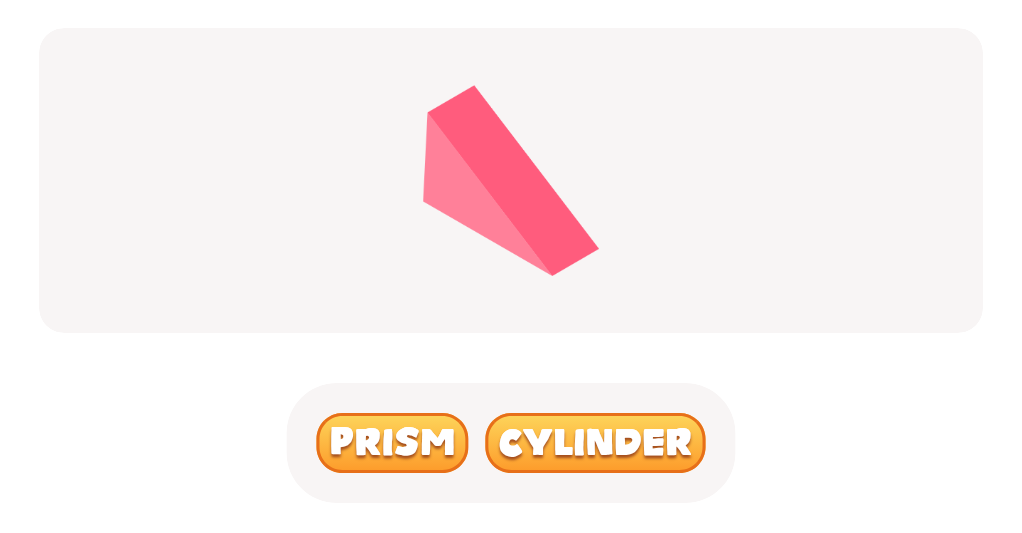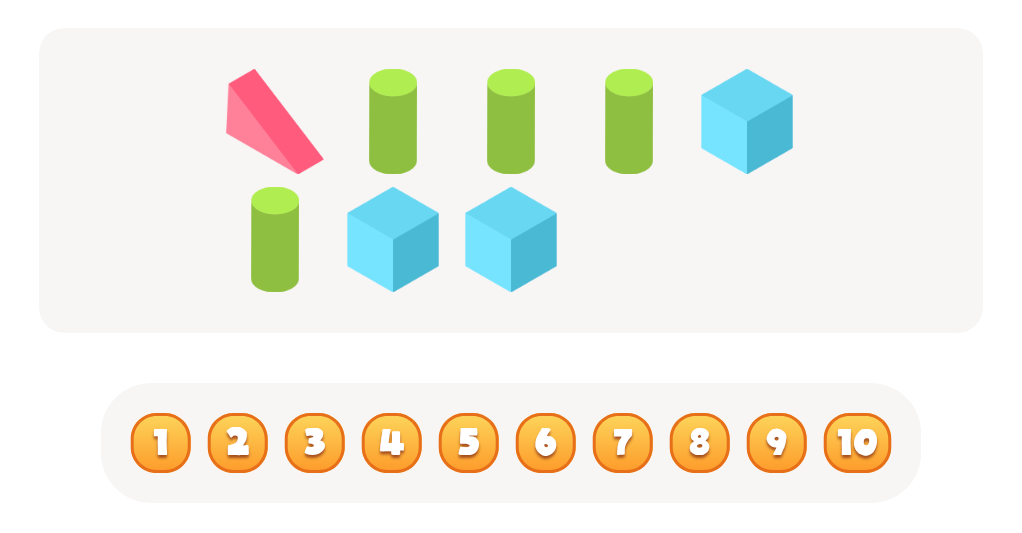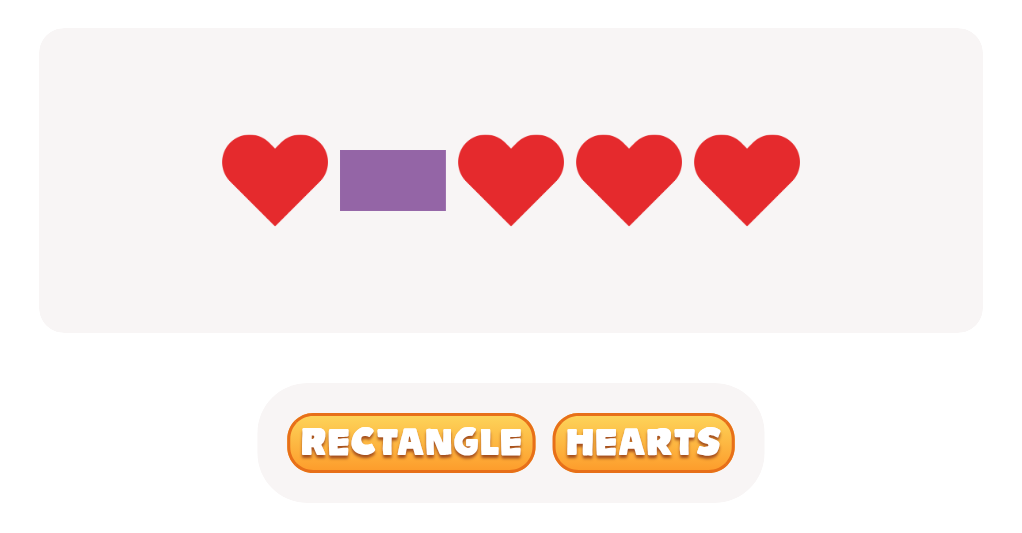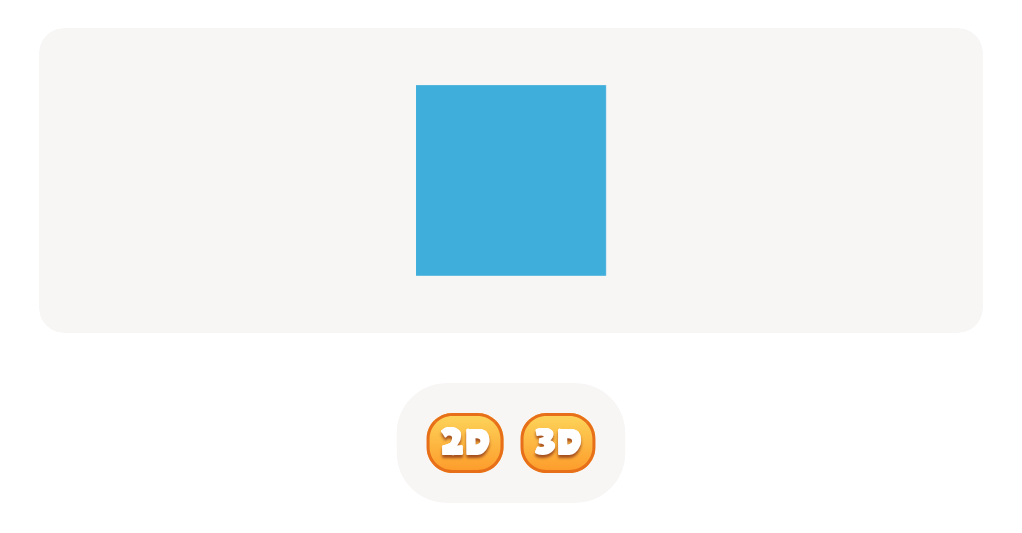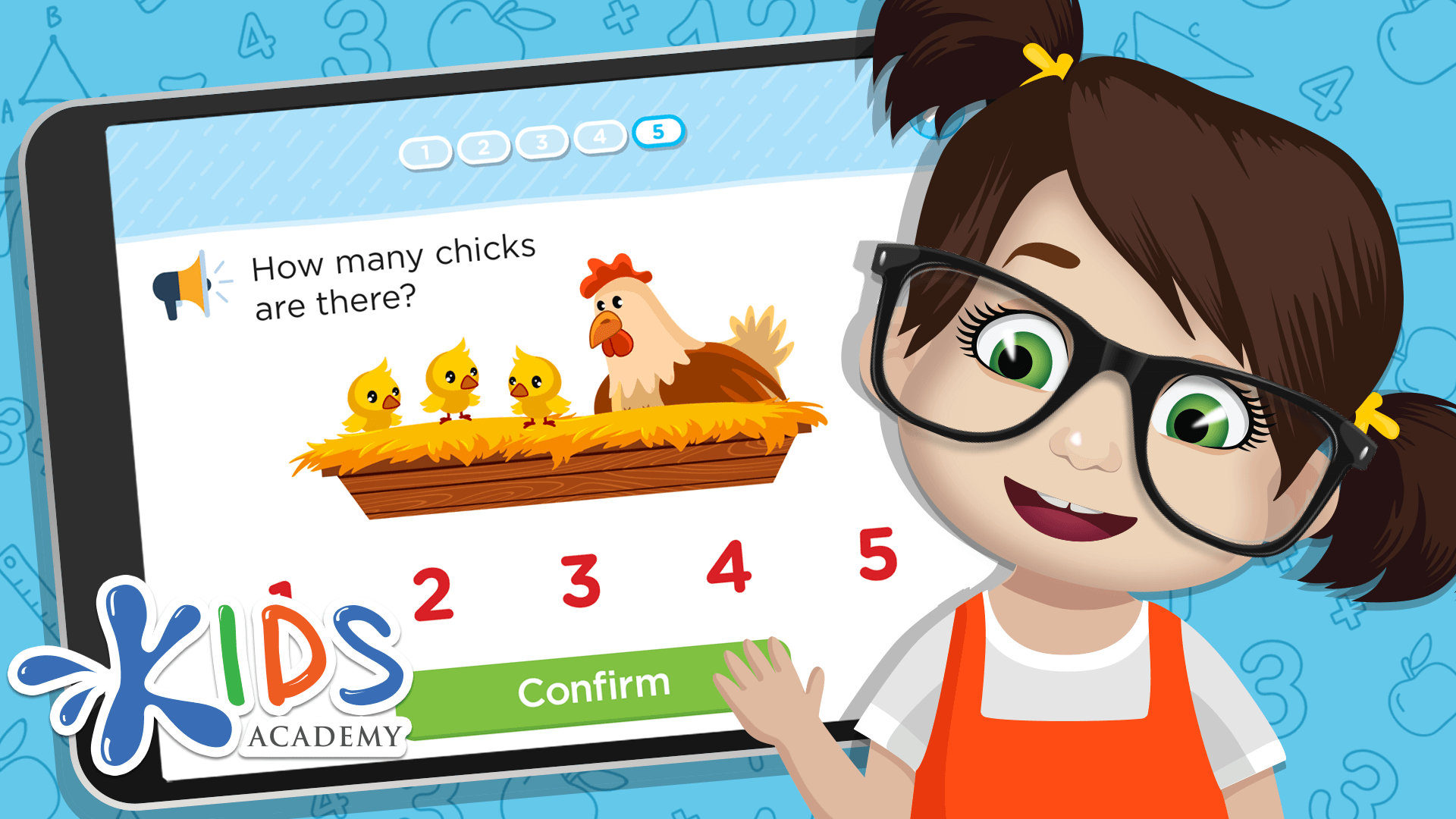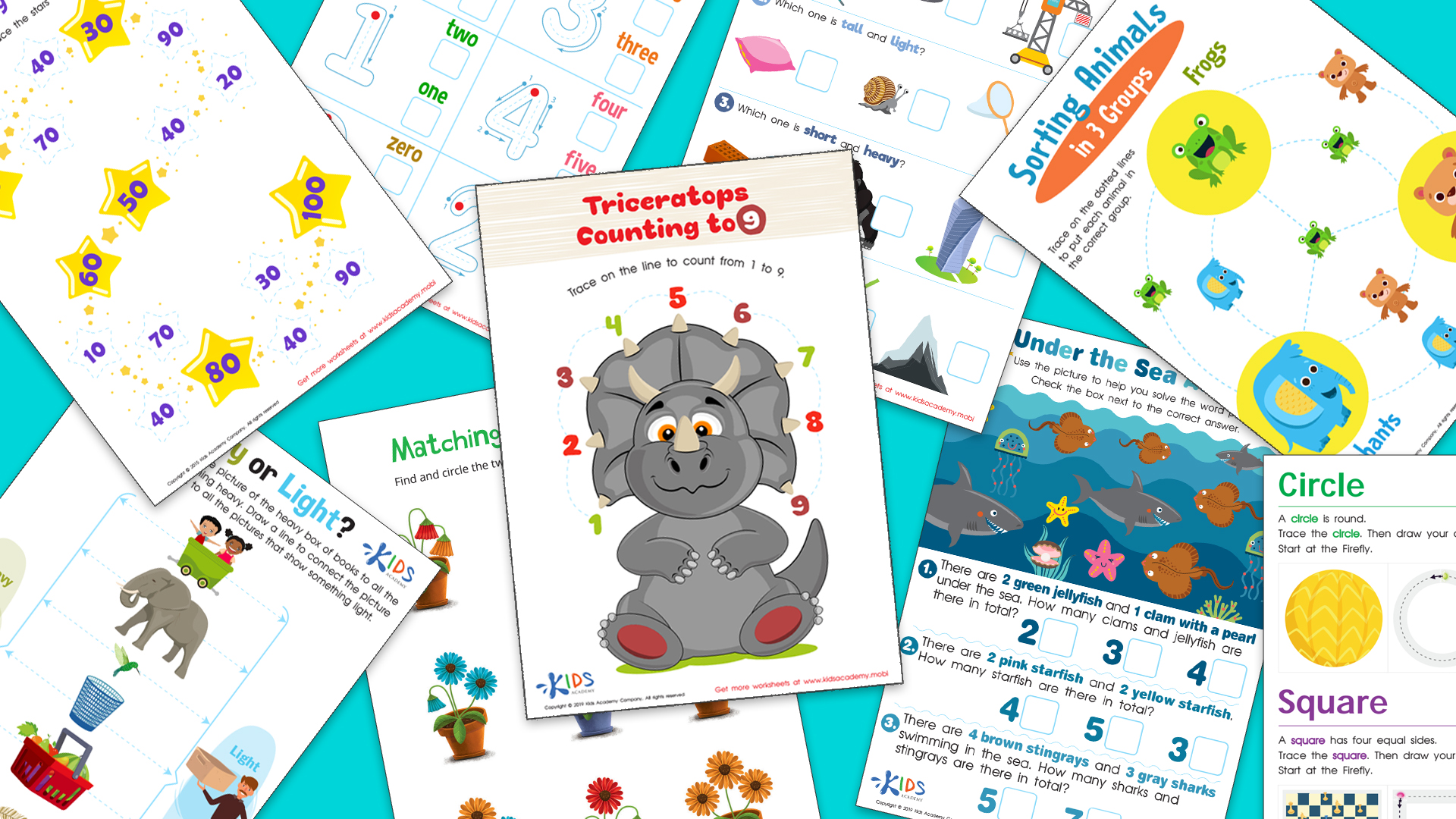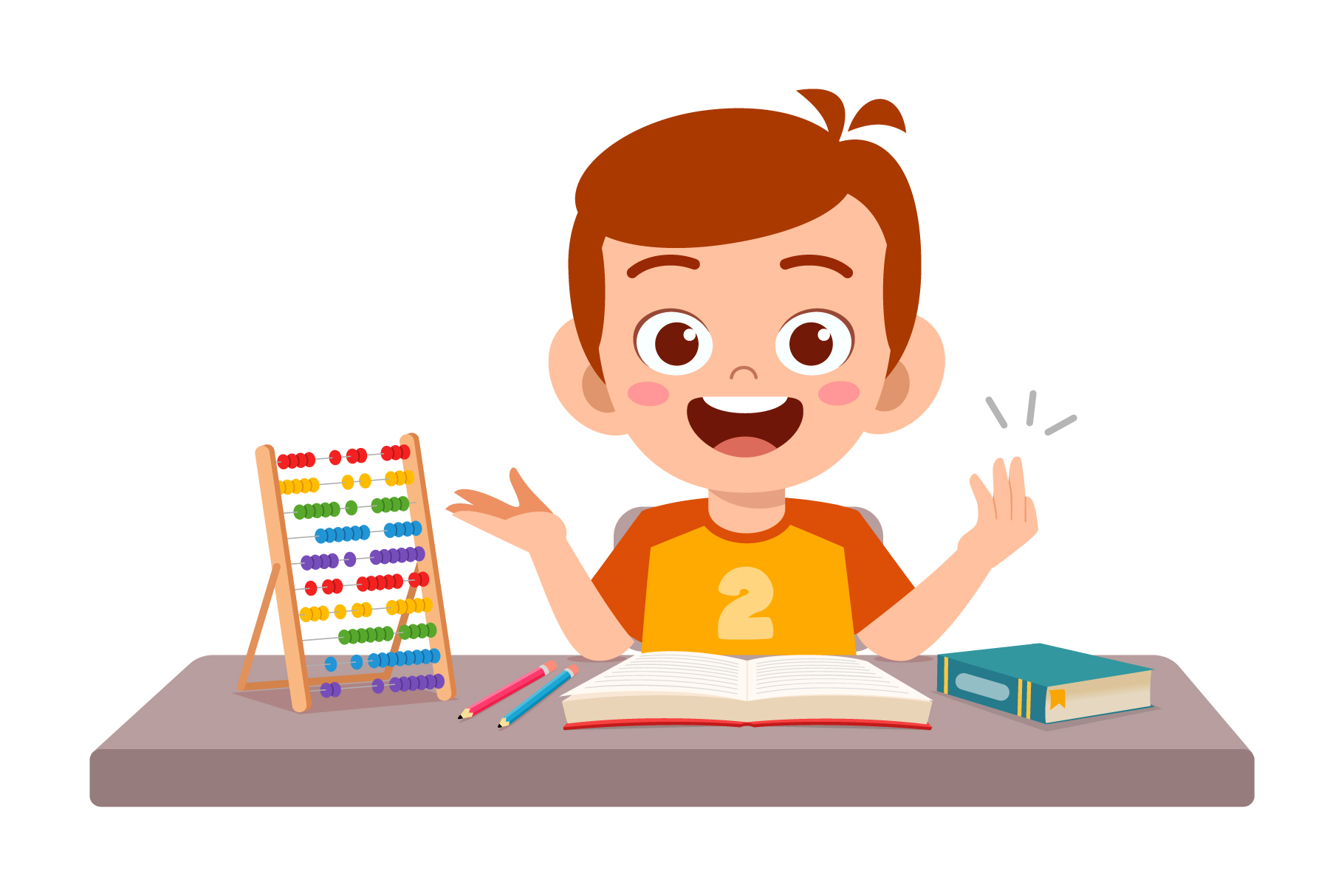Visual Learning Normal Geometry Worksheets for Ages 5-9
3 filtered results
-
From - To
Unlock the power of shapes and spatial understanding with our "Visual Learning Normal Geometry Worksheets for Ages 5-9." Tailored to young, curious minds, these engaging activities transform basic geometry into a fun learning adventure. Each worksheet is designed with vibrant visuals to make recognizing and understanding shapes, patterns, and spatial relationships a breeze. Ideal for both classrooms and homeschooling, our worksheets help children develop critical thinking and problem-solving skills while boosting their confidence in math. Let your child explore the fascinating world of geometry in a dynamic, interactive way with our expertly curated collection of visual learning tools.
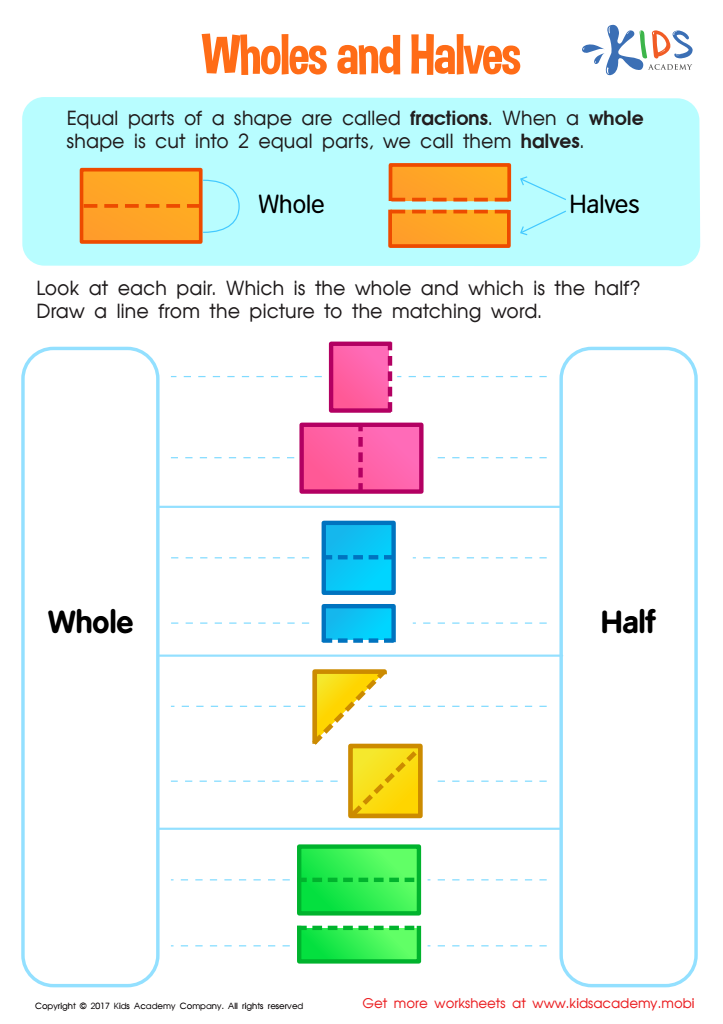

Wholes and Halves Worksheet
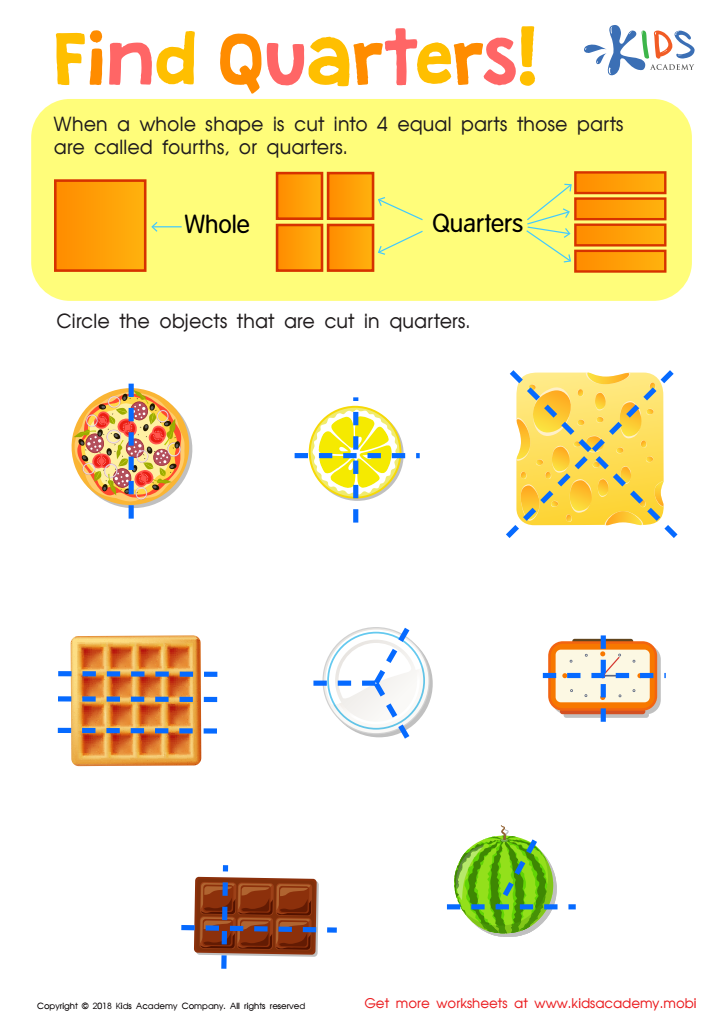

Find Quarters Worksheet
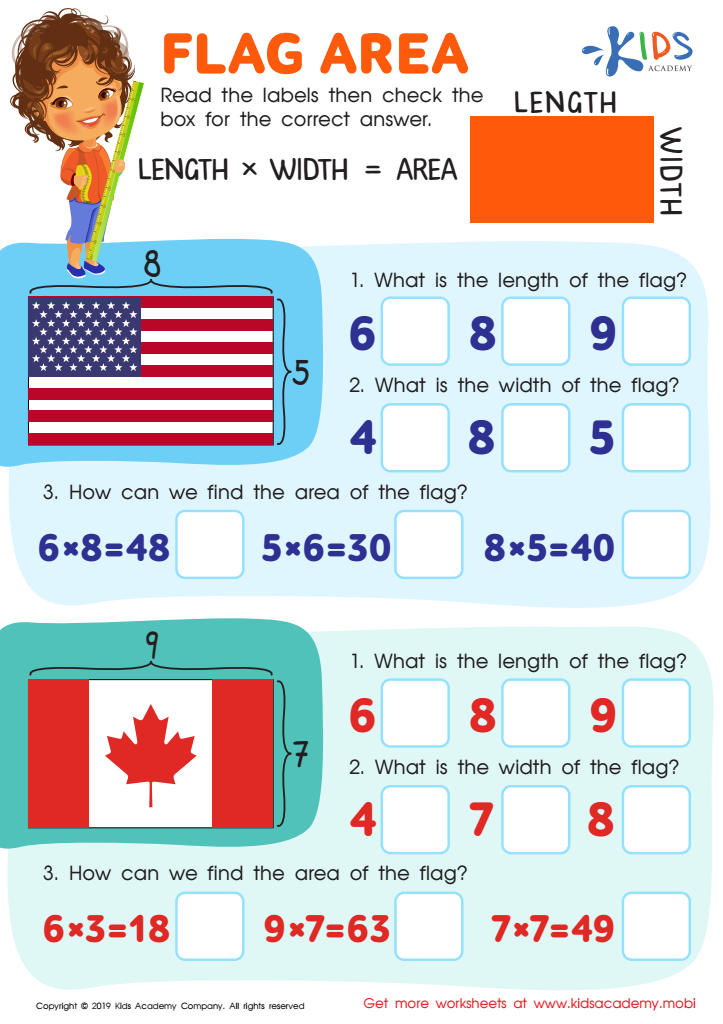

Flag Area Worksheet
Visual learning in normal geometry for ages 5-9 is crucial for several reasons. Early childhood is a period when children's brains are highly receptive and capable of absorbing new information quickly. Introducing geometry visually capitalizes on their natural curiosity and cognitive capabilities, fostering a solid foundation in math and spatial reasoning.
Firstly, visual learning in geometry helps children better understand and remember concepts. Shapes, patterns, and spatial relationships become tangible and relatable when children can see and manipulate objects. This hands-on interaction aids in the development of problem-solving skills and critical thinking.
Secondly, geometry visual learning enhances a child’s ability to understand the world around them. Recognizing shapes, understanding symmetry, and spatial orientation are all essential skills not just in math, but in everyday activities like reading maps or organizing spaces.
Moreover, introducing visual geometry aligns with various learning styles, ensuring that all children, whether visual, auditory, or kinesthetic learners, have an equal opportunity to succeed. It also makes learning more engaging and enjoyable, fostering a positive attitude towards math and education in general.
Parents and teachers play a critical role in sparking and nurturing children's interest and skills in geometry, setting them on a path towards academic success and self-confidence. Understanding these benefits underscores why visual learning in geometry is non-negotiable for young learners.
 Assign to My Students
Assign to My Students
